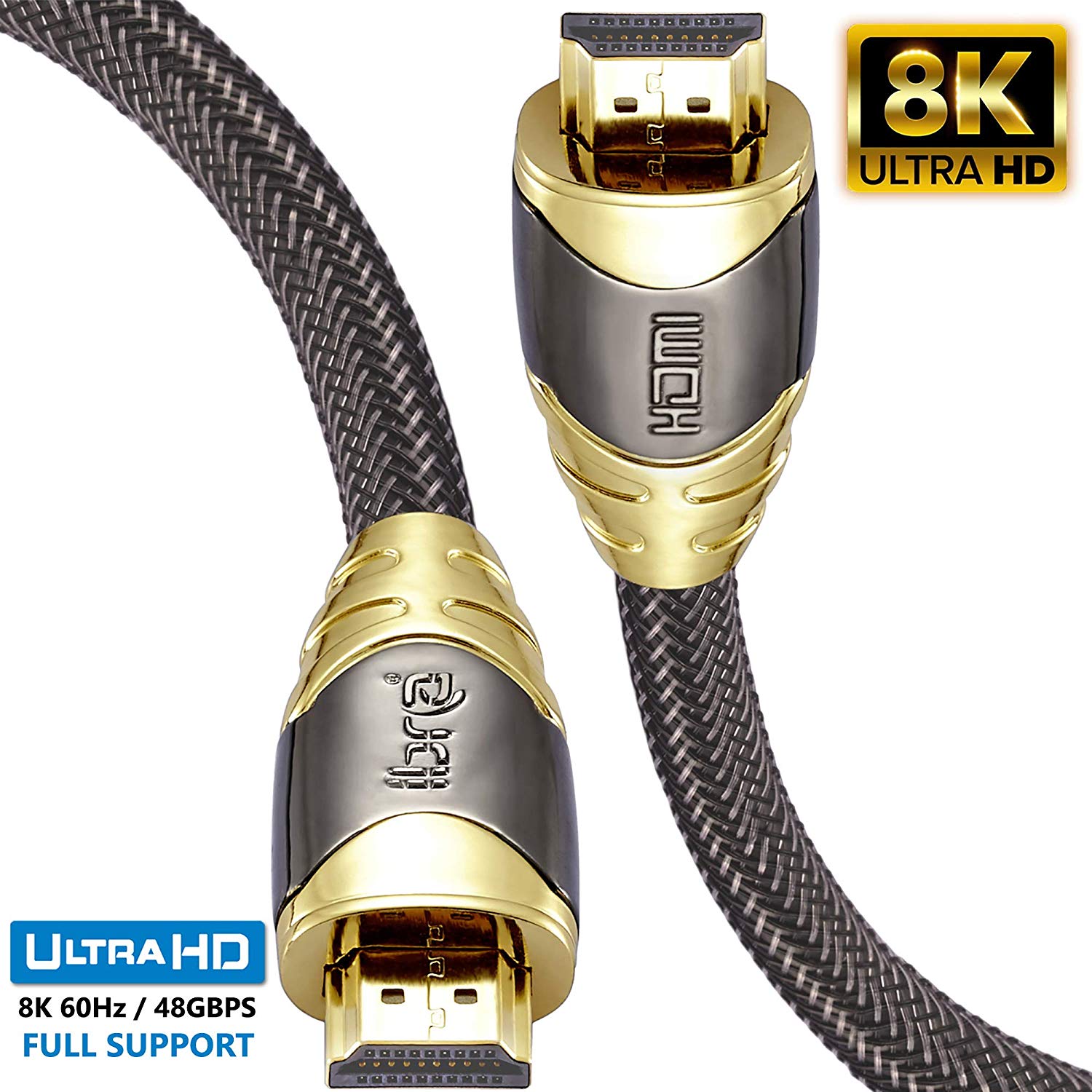The term HDMI stands for “High-Definition Multimedia Interface” is the most commonly used HD connection cable between HD-capable devices. A single HDMI cable supports both professional and home AV systems. The HDMI specification was first released in his December 2002 and quickly became the industry standard for ultra-high definition displays. HDMI cables are available both in physical stores and online. Today you can buy online HDMI cable and you will know after reading this article the exact kind of cable you need and don’t have to physically visit a shop.
HDMI cables are used for many purposes apart from the most popular AV applications. Some other use of HDMI cable is Data transmission.
HDMI Specification 2.1 is the latest specification update for this cable. It supports much higher resolutions and refreshes rates, with resolutions up to 10K, including 8K60 and 4K120. It also supports the Dynamic HDR format and the bandwidth has increased significantly to 48 GBPS.
Let us look at some of the types of HDMI cables
Type A: The original cable was designed for 19-pin HDMI 1.0 compatible devices, providing enough bandwidth to connect most HD devices.
Type B: The Type B connector is a 29-pin upgrade, offering increased bandwidth for ultra-high resolution displays. This connector is slightly wider than the Type-A connector but was deprecated soon after the release of the HDMI 1.3 specification, so it was never used in production.
Type C – Also known as “Mini HDMI”: These cable connectors have 19 pins configured to fit into small connector spaces for high-definition portable HDMI 1.3 devices.
Type D – Also known as “Micro HDMI”: This connector is specially designed for smartphones, tablets and some cameras and has 19 pins configured for connections even smaller than Types A and C and made for HDMI 1.4 compatible devices.
Type E: HDMI cables with Type E connectors are intended for automotive applications with the ability to prevent disconnection due to vibration.
Further it can be divided in two categories
Category 1: These cables are certified at 74.5MHz and are often considered standard HDMI cables as they perform the same.
Category 2: An upgrade to Category 1 cables, these cables are certified to operate at 340MHz and are considered ideal for high-speed requirements. Many of these cables are interchangeable with HDMI adapters or converters. To ensure proper transmission speed, please make sure your HDMI cable provides adequate bandwidth to connect your multimedia system.
Many of these cables are interchangeable with HDMI adapters or converters. To ensure proper transmission speed, please make sure your HDMI cable provides adequate bandwidth to connect your multimedia system.
3 Best Ways to Use HDMI Cables
When most people think of HDMI cables, home entertainment comes to mind. This is just one of the uses for these cables. The versatility of HDMI cables makes them a popular choice for tech professionals and digital installation professionals. But you don’t have to be an IT expert to realize the potential of HDMI cables.
- Home theater system connection
When setting up a home theater system, HDMI offers the best AV quality available. All displays are high resolution to ensure sound quality is unmatched. Data transfer speed is another reason to use HDMI cables in your home entertainment setup, especially if you have subscriptions to several online streaming platforms.
2. Establishment of offices or workplaces
Streaming services aren’t the only reason to pay close attention to your HDMI cable’s data transfer speed. These cables have many practical uses in the office and home. Today there are several people who work from home and these cables are really handy to them. When working remotely, the implementation of HDMI technology allows you to set up your home office to match the efficiency of your office at work.
3. Security system settings
Marie Van Brittan Brown in the year 1966 invented the first home security system. Advances in technology have greatly improved home security over the nearly 60 years that have been a concern for home, land, and property owners. Video feeds from security cameras used to be relatively low resolution, but newer systems have higher resolutions and sometimes come with HDMI output options.
